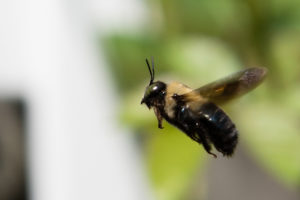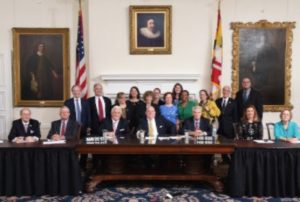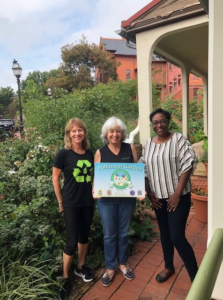As spring approaches, the thought of new life blooming all around us begins to dance around our heads. The promise of sweet air, colorful surroundings, fresh produce, and (perhaps) an allergy attack or two makes the lingering frost of winter melt away. It can be said that much of what we look forward to during this time is an illustration of the majesty and importance of bees. But, what exactly is all this buzz about the bees? What is so important about these little flying, fuzzy creatures?
 Photo by Will Parson/Chesapeake Bay Program
Photo by Will Parson/Chesapeake Bay Program
Aside from the fact that an estimated 1/3 of the food we consume worldwide relies on pollinators, mostly the bees, in the US alone that percentage climbs to 80% of the commercial crops. They are responsible for pollinating not only our food but also the food that livestock consumes. Their integral role in the food system is not one to be taken lightly. A decline in crops at any level can result in a shortage of food, an increase of economic strain on the areas affected, as well as disruptions in ecosystems.
There are a number of reasons attributed to the decline of bee populations. Climate change, for instance, has altered the pollination and blooming patterns of different flowers and crops, which has proved difficult for the bees to adjust to. There has been escalated habitat loss from development and a decline in bee-friendly flowers. Colonies have been collapsing from the uninhibited use of pesticides such as neonicotinoids and due to mites that have spread deadly disease throughout the bee population.
 Photo by Jessica Jenkins
Photo by Jessica Jenkins
Maryland has been a national champion in protecting pollinators and attempting to create a more pollinator-friendly future. The issue is present in the state, for example in 2016 there was a decline of 56% in the bee population due specifically to habitat loss and pesticides. This was also the year that the Pollinator Protection Act of 2016 was passed, which limited the use and sale of neonicotinoids. These efforts were strengthened by the Pollinator Habitat Bill of 2017, which was the first law in the country that requires pollinator habitats on government land to be free of these harmful pesticides.
In wake of this immense policy victories for the bees, Bee City USA, a national nonprofit that raises awareness about bee’s role in our food chain, targeted Maryland and specifically Annapolis to become a Bee City affiliate. As an affiliate, the city committed to promoting pollinator-friendly habitats by choosing native plants, avoiding the use of harmful pesticides, and protecting natural nesting areas. Annapolis Green boasts the perfect example of ways to enact these goals with their pollinator garden on Maryland Avenue. The garden is full of diverse native flowers and food-producing plants.
 Bee City USA program at Annapolis Green
Bee City USA program at Annapolis Green
Many local organizations, such as Annapolis Green, MOM’s Organic Market, University of Maryland, and many other environmental programs, work with the community to provide educational material to help the public understand how to plant pollinator gardens, minimize the use of pesticides, and even how to raise bees. As our community continues to protect the bees, there are hints of ongoing efforts right under our noses. Driving down Forest Drive there is a native flower garden on the medium, one of the many in the city. At City Dock Coffee, there is a change collection jar labeled “Pennies for Pollinators,” which raises money that goes towards protecting the bees. The signs of affection for our furry little friends are everywhere, so long as you know what to look for.








